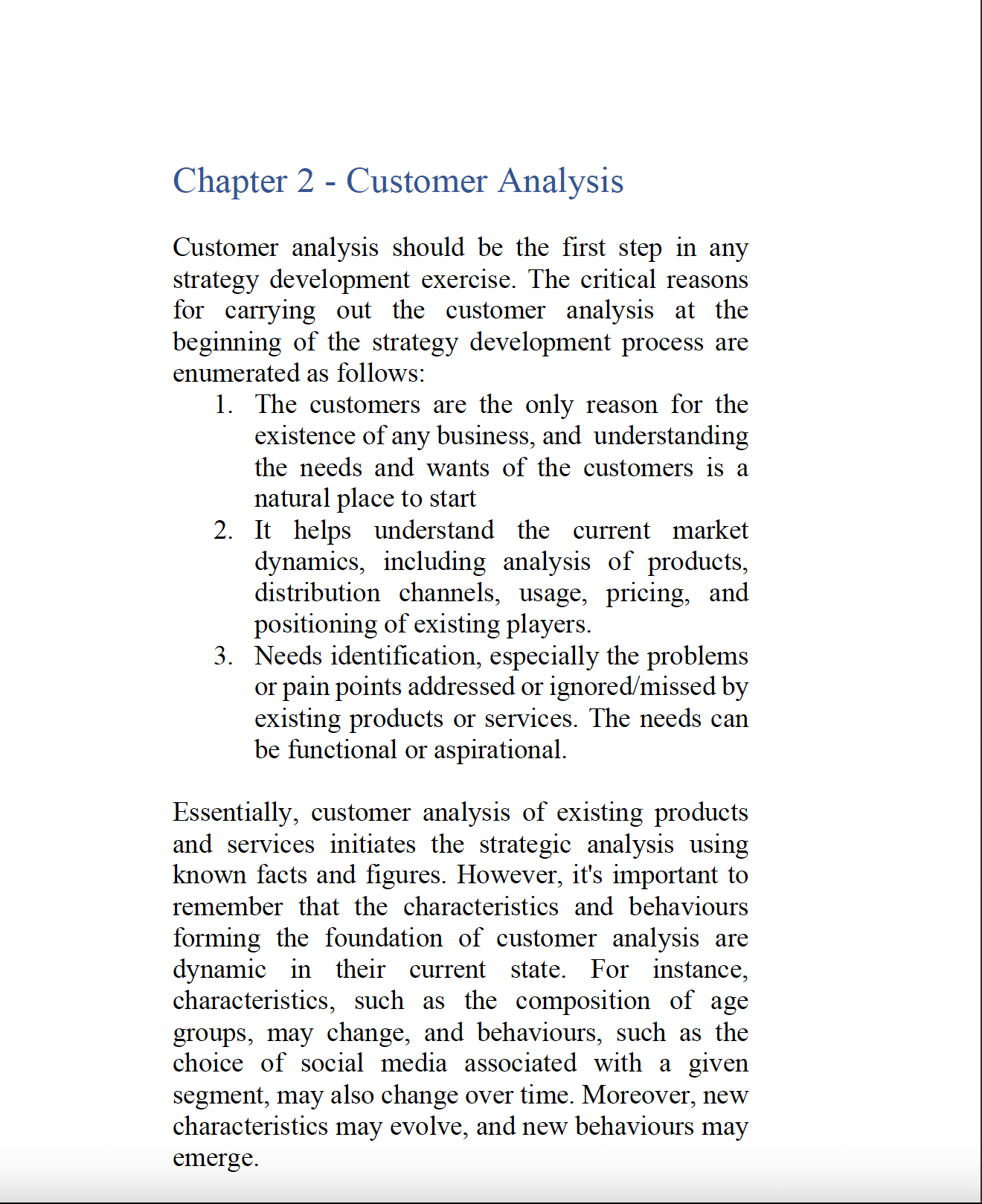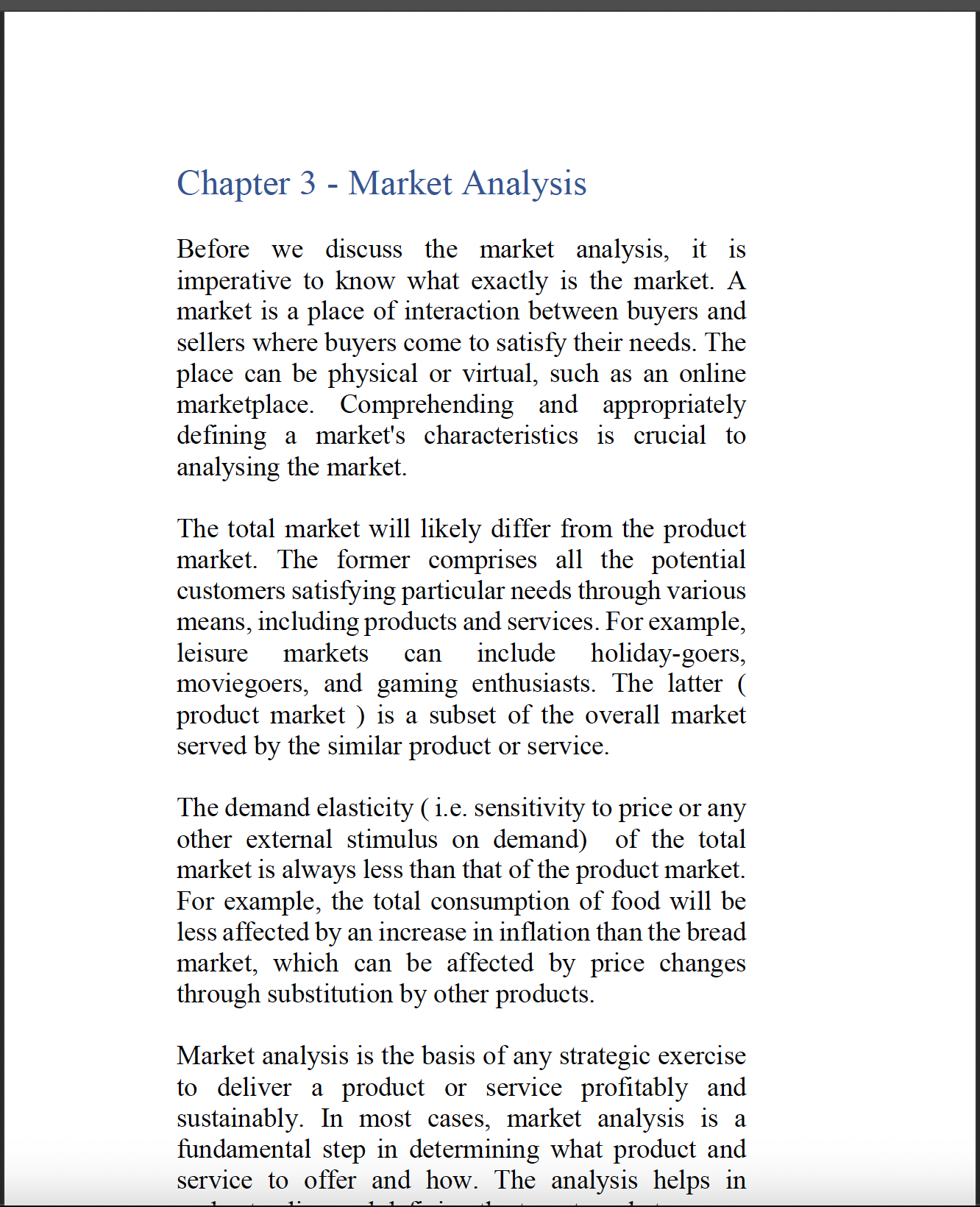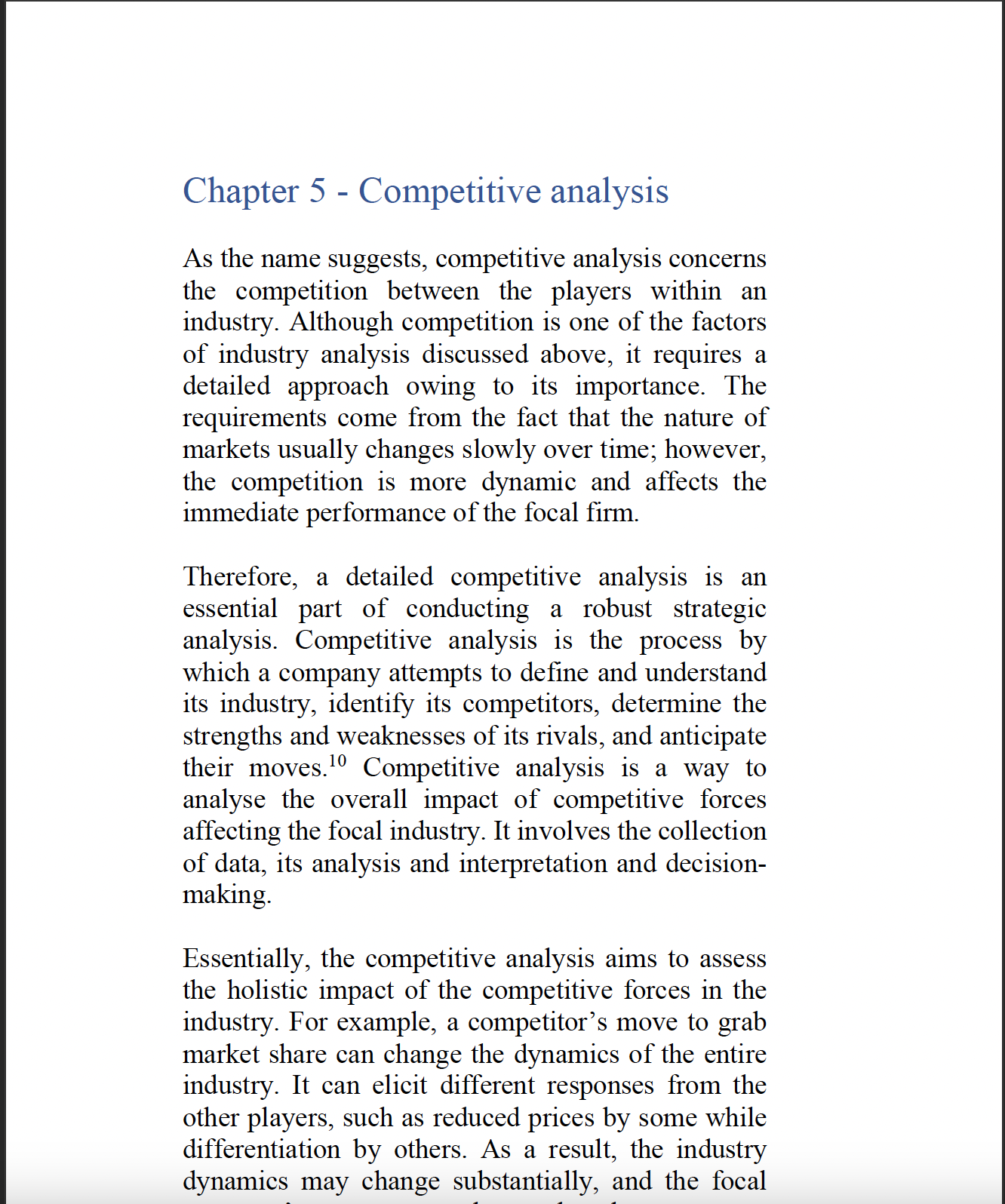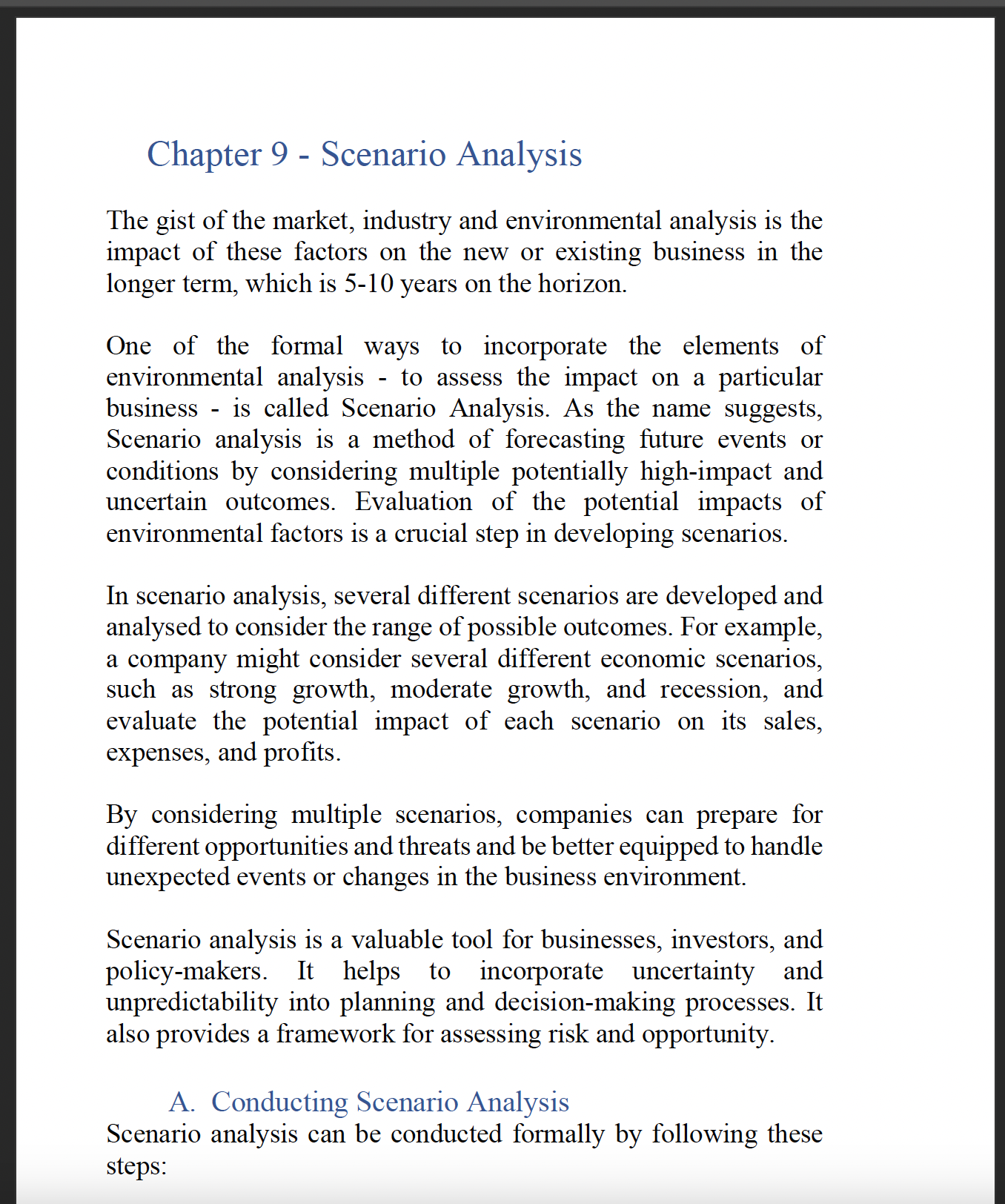Business strategy Demystified
In the ever-changing business environment, leaders must constantly adapt to market shifts, economic changes, and environmental factors, which impact financial outcomes. Strategic planning is crucial to sift through the vast amount of information and distinguish valuable data from the trivial. Yet, there’s a notable absence of accessible literature on strategy for actual application in the business world.
“Business Strategy Demystified ” addresses this void by offering a straightforward guide to the essentials of business strategy for business leaders, entrepreneurs, students, and consultants. This book cuts through academic complexity and presents core strategic concepts in a clear, actionable manner, making it a practical tool for real-world strategic analysis and decision-making.
INR 399 (Kindle) for a limited time only
Chapter 23 – Managing processes
The effectiveness of a strategy is closely tied to the efficiency of an organisation’s business processes. Even the most brilliant strategy can yield lacklustre results when paired with inefficient processes, while a moderately good strategy can achieve outstanding outcomes when supported by well-designed processes.
In earlier sections of this book, we explored the topics of organisation, systems, and processes in the context of strategy development. While frequent changes to an organisation’s structure and systems are often challenging, the same doesn’t hold for processes. Processes can and should be subject to regular, structured monitoring and management. This ongoing review of processes can also serve as a valuable diagnostic tool, revealing underlying issues in systems and organisational dynamics.
There are several approaches to managing processes effectively, but as a practitioner, I’ve found that project management tools can be handy for systematically studying and enhancing processes. One specific technique that leverages project management principles is ‘projectisation’.
A. Projectisation
While the term “project” is commonly used in everyday life and business, it is formally defined as a series of interrelated and dependent tasks designed to achieve objectives. These tasks have defined start and end dates and must be completed within specific constraints, such as available resources and scope.
Thanks to their predefined timeframes and resource allocations, projects lend themselves well to progress measurement. With a suitable set of tools, it is possible to assess whether a project is on track to meet its objectives within the specified constraints.
But can we apply the science and art of project management to repetitive tasks? The short answer is yes, and breaking repetitive tasks into small projects can often yield transformative results.
One approach to leveraging formal project management tools for routine tasks is through a concept known as “projectisation.” Projectisation involves breaking down regular jobs into smaller projects to enhance the efficiency and effectiveness of business processes. It’s worthwhile to identify those business processes that are considered routine.
Let’s take the example of processing supplier invoices as an illustration.
In the initial stages of projectisation, the supplier billing process is broken down into various sub-steps. These include receiving bills from suppliers, verifying bills for quality, quantity, and credit terms, obtaining necessary approvals, sending approved bills to the accounts and finance department, crediting the amount to the supplier’s account, receiving acknowledgements, handling disputes, and making necessary accounting entries.
Next, the supplier billing process is analysed, considering quality, cost, and time parameters. This analysis establishes benchmarks for measuring future improvements.
Following this, the linkages between sub-steps are identified, and the contribution of each sub-step is assessed in terms of the three parameters mentioned earlier. The approach helps pinpoint the sub-steps that have the most significant impact. For instance, a sub-step causing delays for all subsequent steps can be identified through linkage analysis.
Once the critical sub-steps with significant impact are identified, they can be assigned targets for improvement in terms of time, cost, and quality. These targets should have specific timelines, such as monthly, quarterly, or annually. Budget allocation is imperative for the necessary resources to meet the targets. The resources include software, training, etc. Regular monitoring of progress toward these targets and resource utilisation is essential, with adjustments made as needed.
The example provided sets a broad direction for applying project management principles to tasks or processes that are traditionally not considered projects. It outlines the key steps involved in this approach, including:
- Breaking down the routine process into smaller sub-steps.
- Analysing the sub-steps in terms of quality, costs, and time.
- Identifying the linkages between sub-steps and their impact.
- Assigning targets for improvement in time, cost, and quality.
- Allocating a budget for necessary resources.
- Monitor progress and make course corrections as needed.
These steps reflect the application of project management principles to optimise and enhance routine business processes, which may have yet to be managed as formal projects.
B. What is a Project Management Office (PMO)
Since the projectisation efforts may permeate the entire organisation, it is difficult to manage these small projects as a part of regular management. Given the enormous benefits projectisation usually offers, setting up a dedicated team to manage these initiatives is worthwhile. The team is called the Project Management Office ( PMO). The PMO directly reports to the senior leaders with summary progress reports. The PMO is a centralised unit either for the entire organisation or at the level of departments. The primary goal of a PMO is to enhance project management capabilities and ensure that projects contribute effectively to the organisation’s success.
A PMO’s roles and responsibilities vary widely depending on the organisation’s size, industry, and project management needs. However, the roles generally performed by a PMO may include:
- Establishing standard methodologies and practices of project management
- Ensuring that the quality standards are maintained and best practices are followed
- Proactive management of risks associated with projects and mitigate them
- Keeping senior leaders informed with project progress reports and information
- Monitoring the progress
- Knowledge management by capturing the learnings and disseminating them
Provide necessary training and development support to the project teams
Structure of the book
23 Chapters
~240 Pages
11 Appendices
The book begins with a brief description of the definition of strategy in Chapter 1 and develops clarity by differentiating it from planning. The chapter dwells on how one should differentiate between strategy and tactics and the importance of both. The chapter also provides a quick overview of the strategy formulation process.
All the subsequent chapters are grouped into three sections. The sections correspond to the steps taken for strategy development and implementation. The sections are:
- Strategic analysis: This section incorporates an analysis of external factors and internal capabilities.
- Strategy formulation: This section synthesises the outcome of strategic analysis to form an appropriate business strategy. In addition to an overall strategy, the section also encompasses functional area strategies consistent
- Strategy implementation: The section briefly touches upon the implementation aspects of the strategic exercise.
A. Section 1 – Strategic Analysis
This section spans Chapter 2 to Chapter 7 and provides a systematic way to carry out the external and internal strategic analysis.
From Chapter 2 through Chapter 5, the book’s focus is on the analysis of the external environment.
We discuss the first step of the strategy development framework which is the assessment of the customer segments. Then, we discuss the market potential in Chapter 3 and industry attractiveness in Chapter 4. Industry attractiveness is a function of an interplay between the participants who are directly or indirectly interacting with the industry.
The external analysis also takes a detailed look at the competition in Chapter 5. The purpose is to systematically find what are the key questions to ask about how competition is relevant for a business and what are the key takeaways to neutralize or minimize competitive impact.
In Chapter 6, we shall start shifting focus from the external environment to inward assessment. The assessment is very important to understand if a company’s or organization’s capabilities and assets are compatible with the identified opportunities shortlisted with the external analysis. Here we will spend some time on the pathbreaking concept of core competencies and how to test to what extent competencies possessed by an organization be defined as the core.
B. Section 2 – Strategy Development
The section is further divided into the formulation of overall strategy and functional area strategies.
Chapters 8 to 12 focus on strategy formulation at a top level for the entire business. These chapters discuss a structured methodology for deciding the right strategy for the business. Among other things, the chapters dwell on the concept of generic strategies and how to select the one most suitable for your business.
From this point onwards encompassing Chapter 13 to Chapter 20, the book moves to functional area strategies. The functional area strategies are the key enabling strategies to effectively embark on the chosen strategic direction. The alignment of these strategies with the overall strategy is imperative for the successful meeting of strategic objectives.
C. Section 3 – Brief discussion on strategy implementation
The detailed discussion of the implementation of strategy is not covered in this book. however, few tools and considerations are provided to the practitioners which are generally used during the strategy implementation process. Chapters 21 through 23 are included to provide guidelines on the evaluation of the efficacy of different tools in different context.
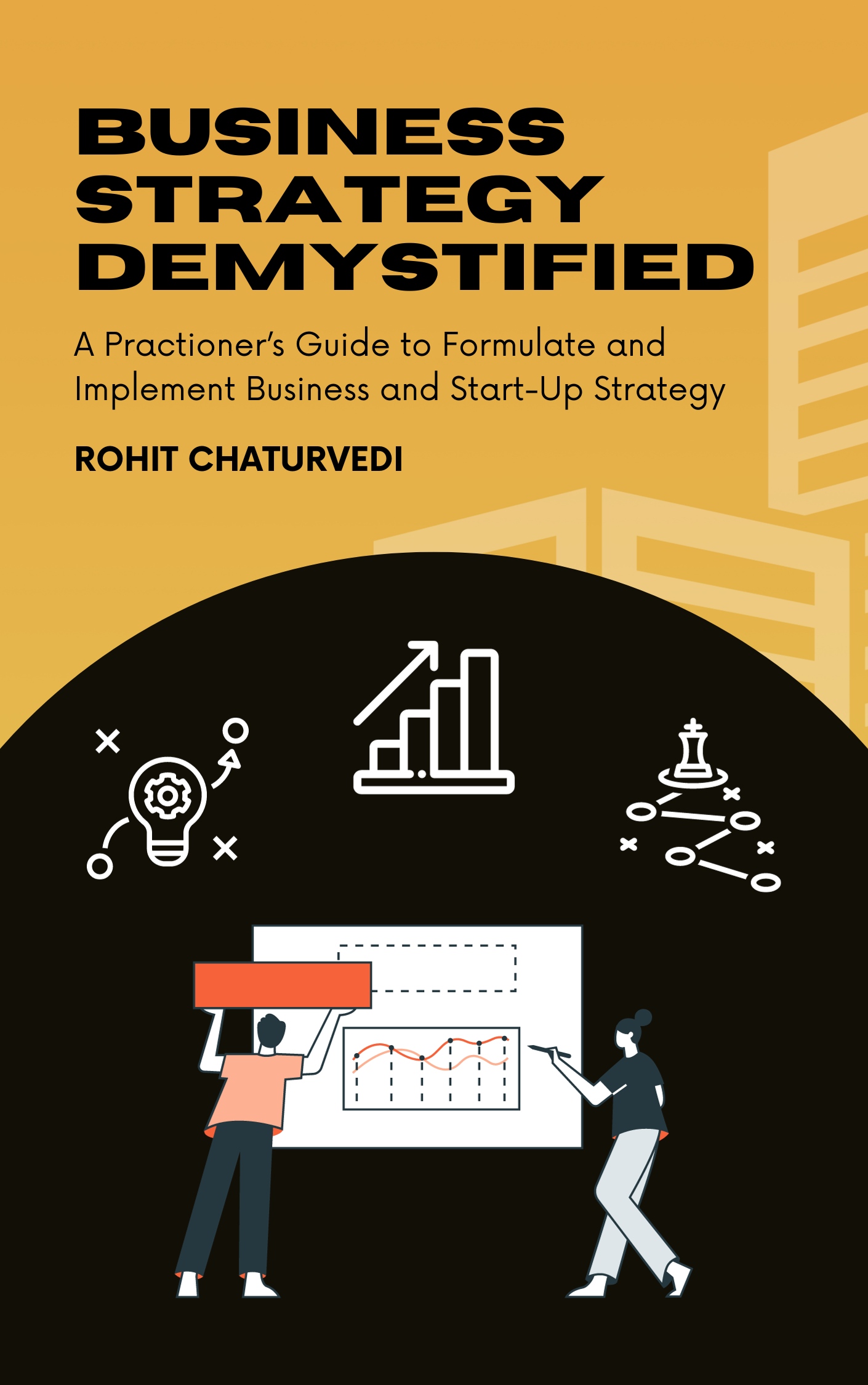
Sample Pages
Click to enlarge
Get it Now!
Develop strategy for your business and startups with all the resources in one place.
For more enquiries
Please share your details and we will get back to you asap.
